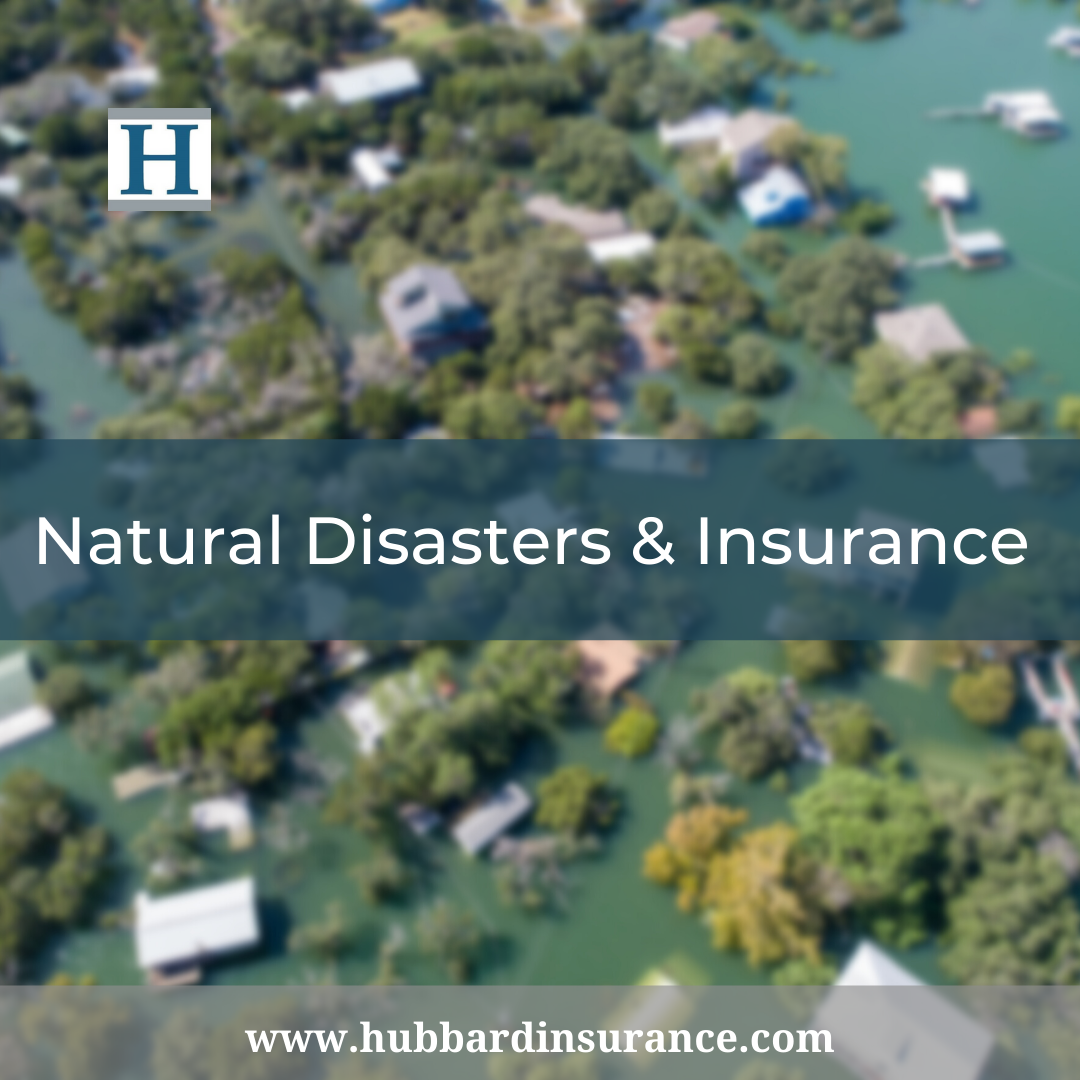Natural Disasters & Insurance

The world seems to simultaneously be both on fire and under water. There has been a spree of natural disasters all around the world – from the wildfires and floods in Europe and Asia in July to the wildfires and floods in Canada and America today.
We have previously covered how climate change is worse than we all think – but what does this mean from an insurance perspective?
In short, “climate change is exacerbating extreme and freak weather events so rapidly that even the insurance industry is struggling to keep up.” (Bloomberg)
These rapid extreme and freak weather events are now making their consequences felt in the form of billions of dollars worth of losses in the insurance industry. Swiss RE AG, for example, released a mid-year report which showed that insurers had to cover $40 billion in losses caused by natural catastrophes – up $7 billion from the 10-year average.
The problem seems to be two-fold.
Firstly, these events are happening quicker than ever. Once-in-a-100-year weather events have turned into semi-regular occurrences.
Take the winter storm in Texas this past February as an example. Despite being a record storm causing approximately $15 billion in losses, it has quickly been forgotten due to how many other environment catastrophes have occurred since then.
Secondly, these weather events are becoming more powerful and damaging with every iteration. Weather events such as snowstorms, hail, tornados, and wildfires which have historically caused relatively minor damage are now becoming increasingly stronger.
Combining the increased strength of these weather events with an even greater frequency leads to insurers not being able to rely on previous models.
According to Swiss Re, “the insurance industry needs to upscale its risk assessment capabilities … and expand its contribution to financial resilience.”
Erdem Karaca, who overseas catastrophic perils in the American region for Swiss Re, added “models are less mature for secondary perils. A peril like wildfire is also impacted by humans. Ninety percent of ignitions are caused by humans so it is difficult to quantify through models.”
However, it isn’t all doom and gloom. According to Karaca, modellers have gotten much more sophisticated over recent years at predicting flood risk – one that is particularly relevant right now with extreme floods being seen all around the world.
Whilst better modelling and better information will mean higher premiums for some, it will also mean a much higher level of protection.
Ultimately, we must all do our part in slowing down climate change and going as green as possible – whether that is through individual actions or through pressuring corporations to be more environmentally friendly.
If we all work together towards the same goal, there is no limit to how much of a positive change we can all make.
